14




August 2, 2016 www.broadcasteronline.com
14 Broadcaster Press
How to Use Clouds to Predict Weather
Meteorologists rely on electronic equipment and their knowledge of weather patterns to provide forecasts each and every
day. But weather can be unpredictable, and
even the most reliable weather prognosticator can sometimes get it wrong.
Novices can try their hands at predicting
the weather by interpreting the environmental signs around them.
Earth science is a part of many elementary
school curriculums. Current students and
adults can use what they learn or learned
about cloud types and formations to determine if rain is coming or if they can leave their
umbrellas at home. Clouds can say a lot about
both the current weather and what’s to come.
According to Weather Wiz Kids, clouds are
formed from very tiny droplets of water or ice
crystals. Because the droplets are so small
and light, they can float in the air. The characteristics and look of clouds are dictated by
temperature, height, wind, and the amount of
water vapor in the air, as well as the influence
of other air masses.
Clouds can say a lot about the weather,
and weather prognosticators have relied on
clouds for centuries to help make their predictions. Understanding clouds and what
makes each cloud type unique can help amateur meteorologists impress their friends and
avoid being caught in inclement weather.
• Altocumulus: These are mid-level clouds
hecking.
We Mean It.
that look like a layer of white and gray cotton.
The presence of these clouds may indicate
rain is on the way.
• Cumulus clouds: These clouds can look
like cauliflower in shape. While they’re usually seen in fair weather, they can produce
short spurts of rain.
• Cirrus: Cirrus clouds are high, wispy and
feathery and found above 20,000 feet. Cirrus
clouds can indicate that a storm system is
approaching within a day or so. This may be
especially true if cirrus clouds are showing
tails. According to The Homeschool Scientist,
seeing a few cirrus clouds in the sky means
that fair weather is on the way. If they grow
in number and almost cover the sky, look for
H
0
0
k
rain within 24 hours.
• Cumulonimbus: These towering clouds
are good harbingers of rainy weather. They
tend to form when thunderstorms are imminent. They also may accompany strong
storms that produce hail, wind and even tornadoes.
• Stratus: Low-lying, flat and gray, stratus
clouds are usually seen during rain, snow or
misty conditions.
Cloud watching can be an interesting hobby and a great way to grow acquainted with
the workings of weather systems. Children
can take chances predicting the weather
based on cloud formations to see if their predictions come true.
with the
employment
the right
bp
Since 1934
ads in the
Broadcaster Press
201 W. Cherry, Vermillion
605-624-4429
Save up to
n
Call Ethafor
or Jamiedetails
complete
$2600
includes utility & manufacturing rebates
On A Qualifying
Home Comfort System
With 18 Months Interest Free
OR Have Up To
5 Years No Interest
To Pay For It!
Raise your expectations.
101 W Main St | 605.624.4461 | cortrustbank.com
ID 405612
HEATING & COOLING
Serving Yankton, Vermillion
and surrounding areas
920 Broadway, Yankton • 605-665-9461 • www.larrysheatingandcooling.com





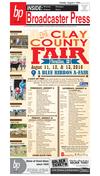
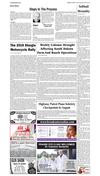






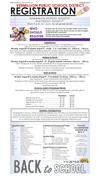


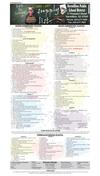
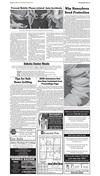
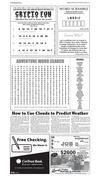
 Previous Page
Previous Page





